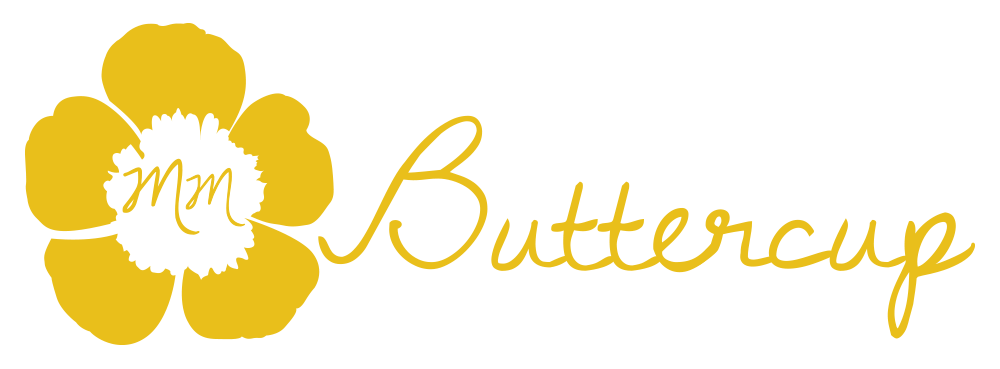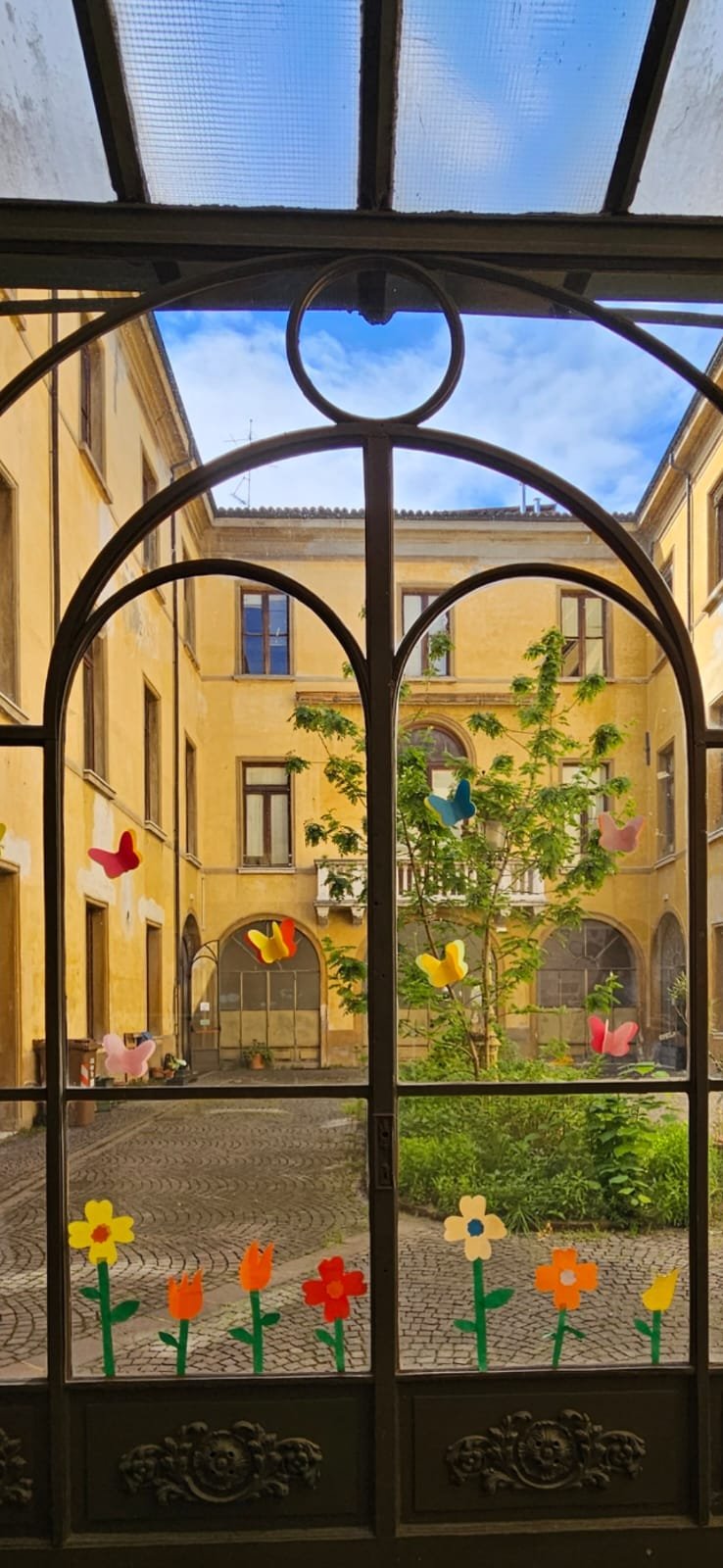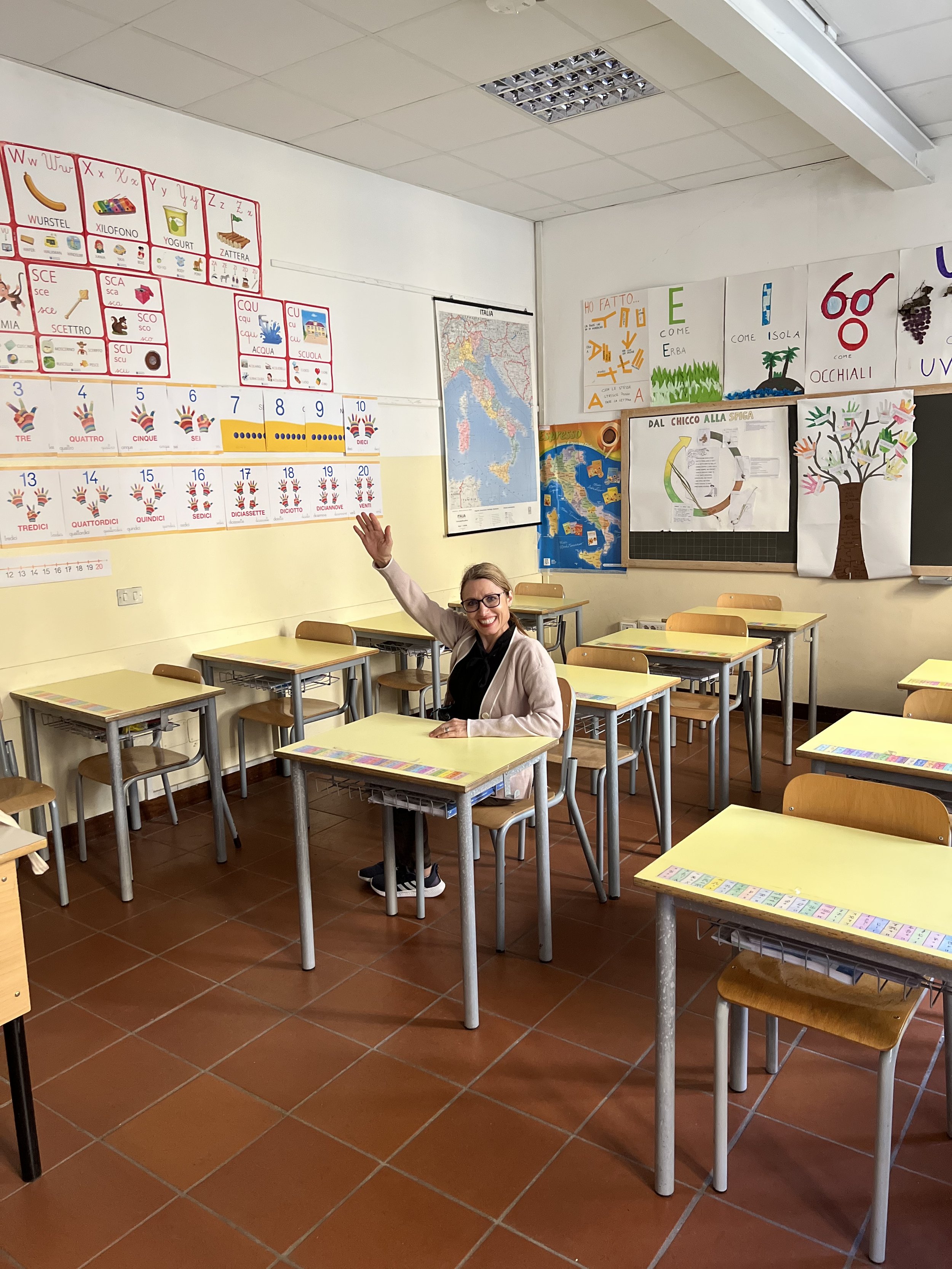French poet, Boudelaire, described flanerie as a state of being where one goes around and discovers. To wander with no purpose may seem like a waste of time, but hold the phone! Wait just a minute! Just think of what could be missed with being in a hurry. Slowing down. Flanerie! Sign me up for the flanerie tour in Emilia-Romagna in two cities: Reggio Emilia and Bologna.
Reggio Emilia
Professor Alessandra Landini from University of Modena-Reggio Emilia shared meaningful connections she has made in her Italian community of Reggio Emilia on a recent episode of the BUTTERCUP podcast (link to podcast episode #56). Dr. Alessandra Landini shared the exciting things she is doing as an educator and leader of a school in Reggio Emilia. She and her team are doing incredible things for children and their families. As I spent time in her beautiful school, I learned what she meant about taking time to discover and explore.
Dr. Alessandra Landini’s school in the heart of Reggio Emilia, Italy.
During the COVID-19 pandemic, Dr. Landini and her school community relocated to the town museum (Landini & Macy, 2023). She brought me and others from our American delegation to see the Musei Civici in Reggio Emilia. Her community partnerships sustained the education program during the pandemic. Everything like food, transportation for children, and resources followed her and the children. The pandemic is over, but the day we visited the museum with her, Dr. Landini’s schoolchildren and teachers were doing a week-long deep dive study at the museum.
I have a question. “Teacher! Teacher! Pick me!” I’m in the classroom at Dr. Landini’s school.
Atelier at the Reggio Emilia Civic Museum.
Bologna
In addition to Dr. Landini’s school, our delegation spent time learning about Montessori in Bologna. With crenelated towers rising from alleyways, I was thrilled to spend time in the majestic Bologna about an hour train ride from Reggio Emilia. The University of Bologna is the oldest university in the western world and has exquisite architecture and the buildings spread out all over the city (no main campus). Here is how the University of Bologna history compares to other universities:
Year founded:
1088 University of Bologna
1096 Oxford
1636 Harvard
1861 Massachusetts Institute of Technology
1887 University of Wyoming
University of Bologna is the second largest university in Italy with approximately 90,000 students. When it was founded in 1088 it was a group of students who organized and advocated for the school. On the day our delegation was in town, it was graduation day for law school students. Law students found out if they passed the mark while family and friends waited outside the walls of school with confetti to congratulate the graduate. Each graduate came out wearing a laurel crown on their head with their thesis in hand. The student I saw graduate from law school passed and held his thesis for pictures with his family. The thesis had a title related to law and bankruptcy.
An Italian saying captures the reason I am experiencing flanerie in Bologna: “La vita e un lungo cammino, dove sei maestro e studente. Qualche volta insegni, ma ogni giorni impari.” (Life is a long journey where you are teacher and student. Sometimes you teach, but everyday you learn.) This student and all of us are learning everyday. The main reason for being in Bologna, other than the flanerie, was to spend time at the Bologna public municipal Montessori school for preschoolers. To learn about learning! To be a student of our early childhood profession. To see how Italian Montessori preschool compares to American Montessori preschool.
Teacher made materials at the Bologna Montessori preschool.
Susana, the academic coordinator for preschools, welcomed us and set us up for our visit. Our delegation was divided into groups of three people where we visited each Montessori classroom.
A picture of Maria Montessori in every classroom graces the walls beside a picture of the baby Jesus and his mother Mary. Religious imagery is one difference between USA and Italian Montessori preschools. Another was how Montessori school in Bologna is free to parents with a small fee for food. In America, Montessori schools are usually private, where tuition and other fees are costs absorbed by the parents of young children.
Mealtime routines was another way this preschool is different in Italy. The Italian culture and rich food heritage were celebrated by children and teachers during lunch. Parmesan cheese, tortellini, prosciutto, balsamic vinegar, fettuccine, and lasagna come from the Emilia-Romagna region of Italy. Food pride can be found throughout the regions of Italia. Buona forchetta (good fork) is what Italians call a foodie. Not that children are foodies, but the cultural norm of showing love through food was evident in how teachers facilitated learning as children used math and other skills to participate in the daily routine of lovingly setting their table for pranzo (lunch).
There were more similarities than differences that I took away from my day at the Bologna Montessori preschool. We have similar materials. Much of the teaching tools we have in common. Another similarity is how inclusion of children with diverse abilities is fostered. There were some children with disabilities who were fully included in the classroom. Finally, teachers collaborate with their team to serve children.
Montessori math materials and curriculum in Bologna.
In Italian, the word brillare means to sparkle. Maria Montessori sparkles in different and similar ways in Italy as she does in America. Good things occur when given the opportunity to practice the art of flanerie in an ancient city with so much history, cultural relevancy where food is concerned, and enlightenment.
On this day in Bologna, I am slowing down to listen to children like Stella who was sharing her excitement that today is her birthday. Slowing down to hear teacher Laura share her story about how she went to university and studied archaeology and then became a Montessorian because she fell in love with the teaching method. Slowing down to feel the heartbeat of this magnifico place with endless brillare past, present, and bright future in their children.
Pathways for community engagement are formed in Reggio Emilia, Bologna, and whereever we are when we slow down for flanerie and create meaningful connections.
Source:
Landini, A. & Macy, M. (September, 2023). Case Study of Social Inclusion and Community-based Partnership in Reggio Emilia, Italia. Sixteenth International Conference on the Inclusive Museum, “Museum Transformations: Pathways to Community Engagement,” Vancouver, Canada.





